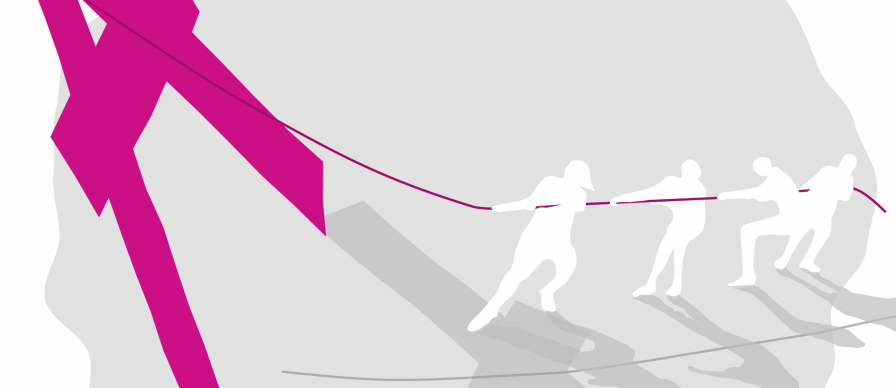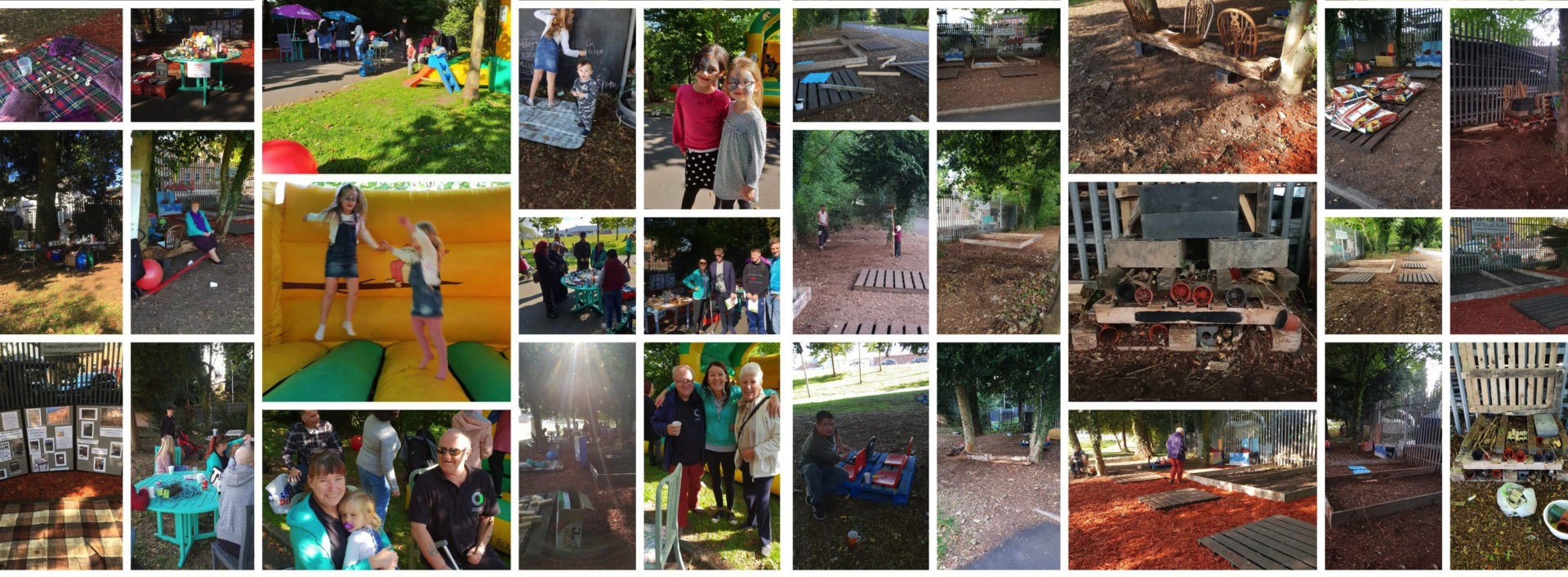A number of volunteers who had completed one-day community organising training at Old Chapel Works decided to take action to tackle the problems in the outdoor space. With the support of their local community organiser, Eileen, a team of around 10 volunteers began to clear the space, cutting back the greenery that had been left to grow there and removing rubbish. They also took the opportunity while they were in the space to listen to passersby about what they thought of the area.
Eileen explained: “I stood there in our yard at Old Chapel Works and counted 75 people go by in one hour. We started doing litter picks, and people were walking by, and we talked to them. And that’s how we found out what people thought of that area”.
The group also reached out to those who were sleeping rough in the area, as part of the group’s longer term aim of connecting with and listening to the wider area’s homeless population.
“We thought, instead of ignoring it, speak to the homeless community,” explained Eileen.
It soon became clear that local people viewed the area of land as a place they would walk through or use when necessary, rather than somewhere to stop to enjoy the natural surroundings. People commented that since the clearing of the area had started, more of the area felt safe to walk through, which gave the group motivation to carry on and get more people involved.
With Eileen’s support, the group raised funds needed to transform the area and spent the summer planting vegetable gardens, creating a bug hotel, seating area and ‘outdoor classroom’ with a chalkboard and school desks.
One of the project’s leaders and local resident, Simon, highlighted that, although the summer’s work was not without its challenges – such as somebody setting a fire in one of the area’s litter bins – in his opinion, the only response that works is to keep going; bringing more people into the process of change.
“We just keep doing it and letting them know we’re here. You just have to carry on – getting people excited, continuing to listen; building a power base”.
One way the group did this was by holding an outdoor Family Fun Day in September with a bouncy castle, stalls, and family-friendly activities, to connect all of the residents whose concerns they had listened to regarding the area. As a result of the community being invited to connect with one another in this previously unloved space, ideas were exchanged and projects were seeded, including horticulture classes and a music project – both in the pipeline for next year.
The group are now in talks with the Wildlife Trust and are planning to run more regular events such as nature days and educational activities next summer in the newly transformed space. Eileen reflects on the change that has already been made this summer regarding the space and people’s perceptions of it.
“People go by with their families and stop for a couple of minutes and they draw on the chalkboard, have a play around and then they carry on. Whereas before, it was an area where you wouldn’t really stand for more than two minutes because it felt oppressive and frightening.”
The next steps for the community are to continue clearing the area, with the intention of their work culminating in an asset transfer of the land. As part of this process the group are now looking at forming a residents’ association to build a more formal power base for the community to continue their positive work through.



